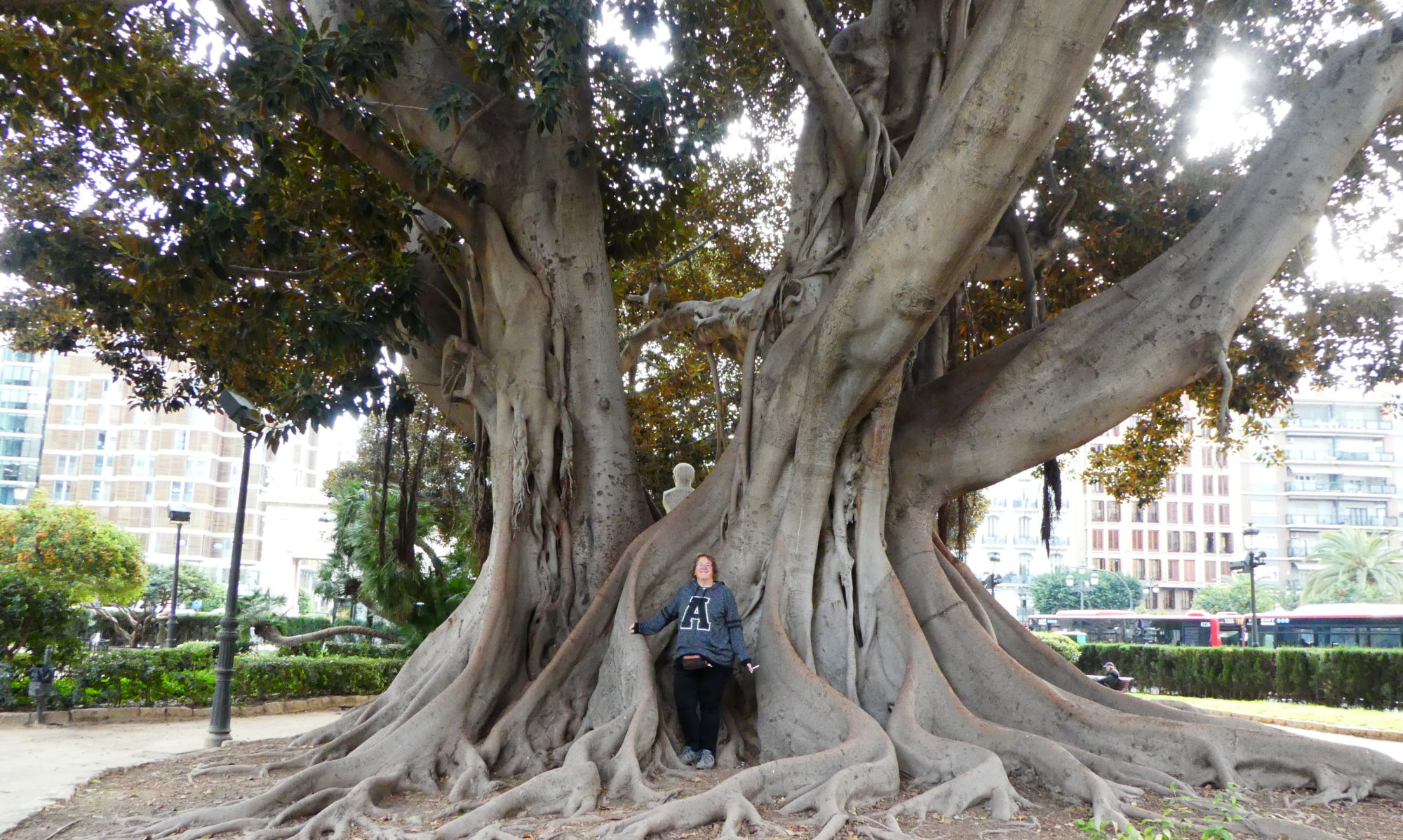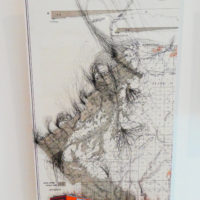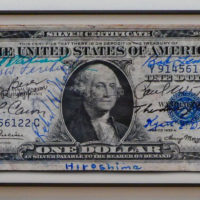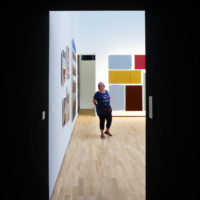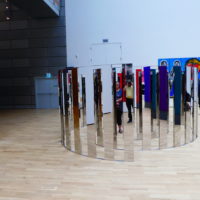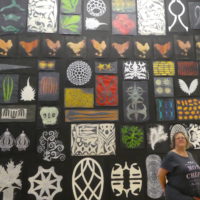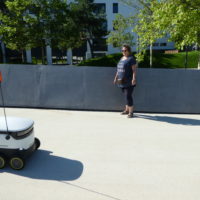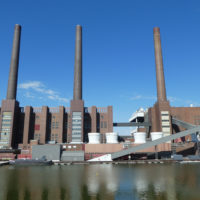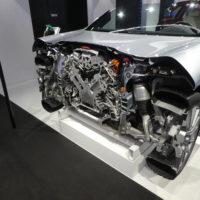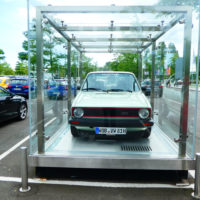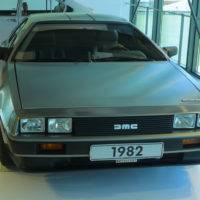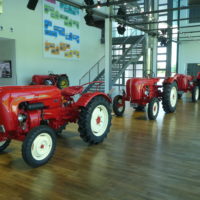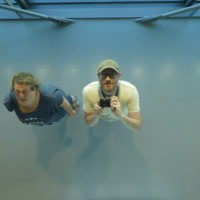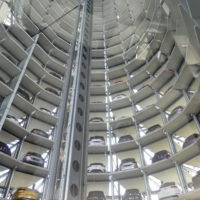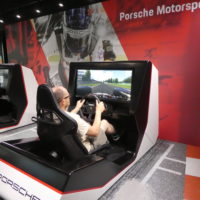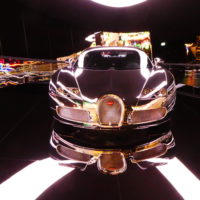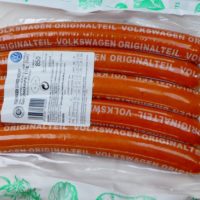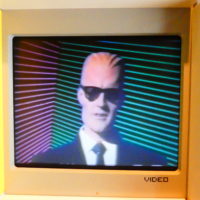The campsite is on the edge of a lovely lake. Water skiing, kayaking, sup and swimming all available. Our schedule is too tight to get the boat out – maybe at the next stop!
The first day and it was a wander around the town and a trip to the Kunstmuseum. This was great, although there were two surreal things that freaked us out. The first was that in one part of the museum, there are paintings and photography exhibits around a large square room. If you move more than a couple of metres from the wall an alarm sounds. Yes, you may not move *away* from the artworks. The guard chuckled at us and managed (eventually) to make us understand that we had to stay near the walls.
The second thing that was odd was that we were not allowed to go backwards to revisit previous exhibits. In one part of the museum, we deliberately left out one room and we meant to go back to it. But when we started to work back through the rooms, the attendant would not let us and shooed us forwards. Bear in mind that there are no directions and no single path through the museum – each time we tried to go back through one of the routes to a previous room, we were hustled onwards. The museum was not busy – we saw six other visitors in the whole place! We had to lose the attendant that was by now following us into each room and then do another lap! Interesting place!
Toby would not have been happy without a factory trip, and so to the global HQ of VW and a day at the factory and visitors center – the Autostadt. As we were the only English speakers, we got our own guide – the wonderful Anna! Anna explained to us all the interesting stuff about the VW plant and the customer center.
For example, in Germany, customers normally buy their VW from a dealer but save €500 euros by collecting it themselves from the factory. The buyer registers the car themselves in their local town, and at the appropriate time, they travel to Wolfsburg with their paperwork and number plates. Little six wheeled robots take the number plates from reception and deliver them to the finishing centre where they are fitted to the cars. The customers spend a little while looking around the various brand pavilions and then they get to go drive off in their new VW. It’s possible to collect a car from the group from the Autostadt, even though only a few VW models are actually made at the plant.
Dominating the landscape are the two Vehicle towers. These 25 story cylinders store 400 cars each and are fully automated. At the appropriate time, the robitized pallets pick up the car from the tower and deliver it underground to the customer collections centre. On the day we visited, 500 cars were collected.
Another interesting statistic that our guide told us: over half of all VW production is sold to China. Now that’s a big market!
Anna pointed out to us one of the highlights of the Museum – a Bugatti that once fetched $30M to make it the most expensive car ever sold at that time, the amazing 1936 Type 57SC Atlantic. We think there are only three of these in the world and this one (possibly) is on loan from Ralph Lauren.
Although there are brand pavilions for all the VW group manufacturers here and you can get hands on with all the cars, the two exceptions are Bugatti and Lamborghini. Both stands have only one car each and you can get nowhere near them 😉
But for VW, Audi, Porsche, Seat and Skoda – no worries, you can get in all the cars and examine all the toys.
We thought the Autostadt would be a half day, but it ended up a full 8 hours and we still missed parts of the museum and some of the interactive exhibits. We topped the day off with a visit to the merch shop and a pack of VW part number 199 398 500A.
